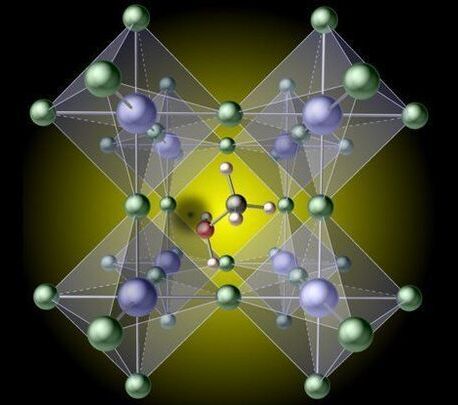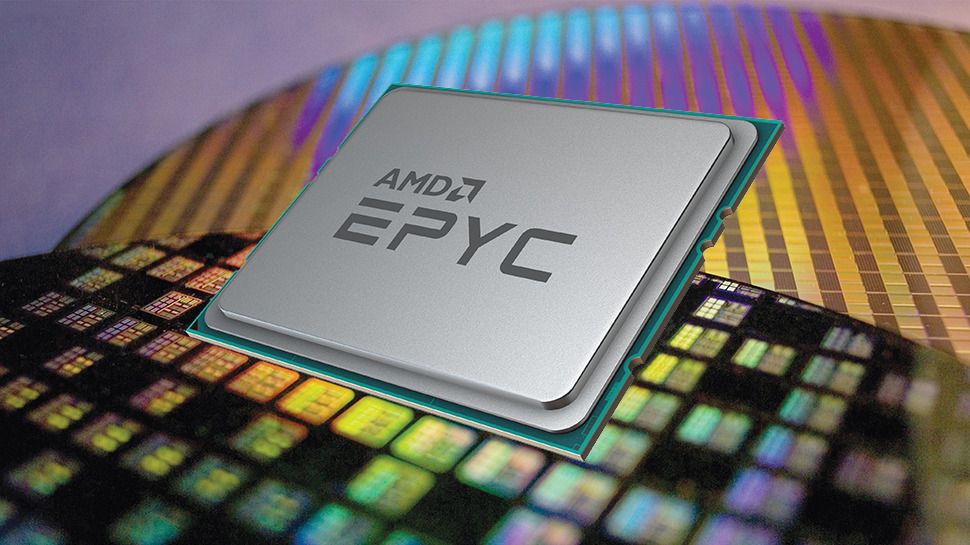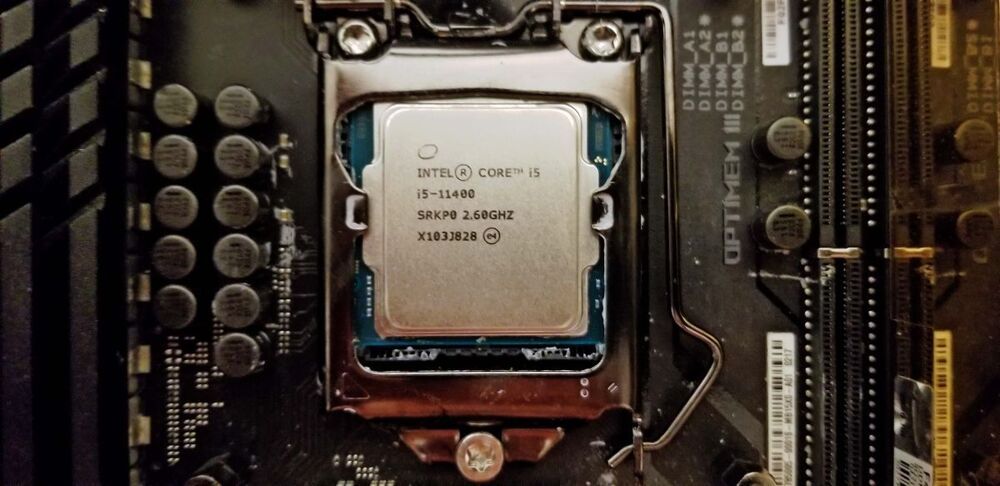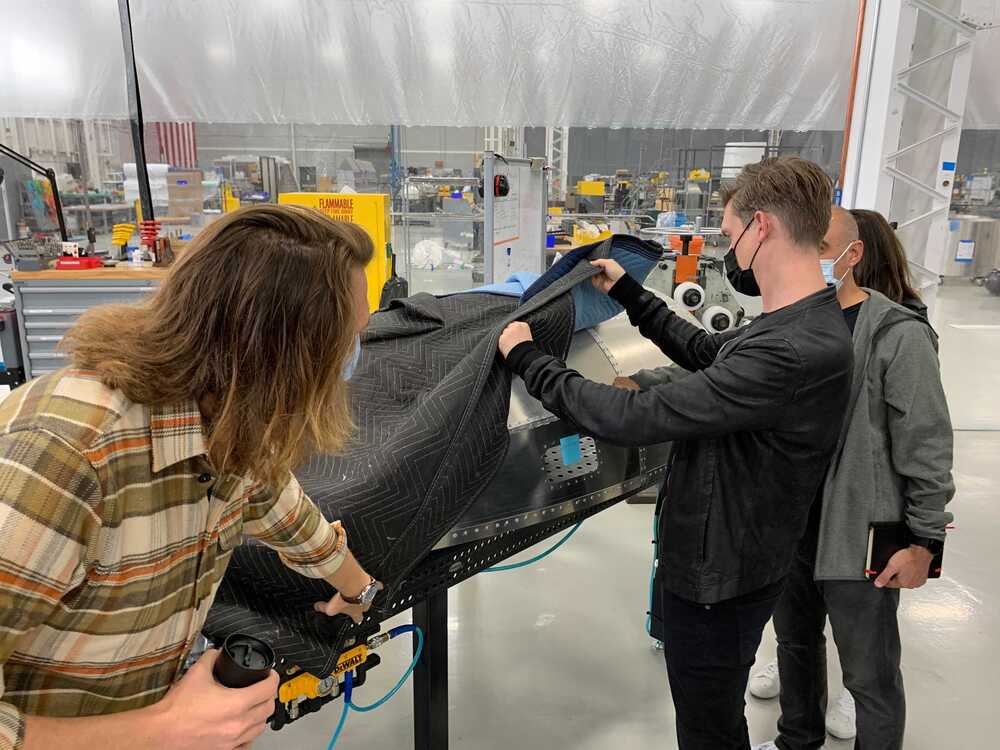The California-based EV company has lofty dreams of using its new platform to convert droves classic vehicles.



Perovskite has a lot going for it in our search for a cheap, efficient way to harvest solar energy. With a dusting of organic molecules, these crystalline structures have been able to convert more than a quarter of the light falling onto them into electricity.
Theoretically, perovskite crystals made with the right mix of materials could push this limit beyond 30 percent, outperforming silicon-based solar cells (which is currently the most abundant solar panel technology), and at a much lower cost. It’s all good on paper, but in reality, something has been holding the technology back.
Combine calcium, titanium, and oxygen under the right conditions and you’ll form repeating cages of molecules that look like a bunch of boxes joined at their corners.

For the first time, scientists have succeeded in extracting and analyzing Neandertal chromosomal DNA preserved in cave sediments.
The field of ancient DNA has revealed important aspects of our evolutionary past, including our relationships with our distant cousins, Denisovans, and Neandertals. These studies have relied on DNA from bones and teeth, which store DNA and protect it from the environment. But such skeletal remains are exceedingly rare, leaving large parts of human history inaccessible to genetic analysis.
To fill these gaps, researchers at the Max Planck Institute for Evolutionary Anthropology developed new methods for enriching and analyzing human nuclear DNA from sediments, which are abundant at almost every archaeological site. Until now, only mitochondrial DNA has been recovered from archaeological sediments, but this is of limited value for studying population relationships. The advent of nuclear DNA analyses of sediments provides new opportunities to investigate the deep human past.

The silicon Ouroboros.
TSMC produces chips for AMD, but it also now uses AMD’s processors to control the equipment that it uses to make chips for AMD (and other clients too). Sounds like a weird circulation of silicon, but that’s exactly what happens behind the scenes at the world’s largest third-party foundry.
There are hundreds of companies that use AMD EPYC-based machines for their important workloads, sometimes business-critical workloads. Yet, when it comes to mission-critical work, Intel Xeon (and even Intel Itanium and mainframes) rule the world. Luckily for AMD, things have begun to change, and TSMC has announced that it is now using EPYC-based servers for its mission-critical fab control operations.
“For automation with the machinery inside our fab, each machine needs to have one x86 server to control the operation speed and provision of water, electricity, and gas, or power consumption,” said Simon Wang, Director of Infrastructure and Communication Services Division at TSMC.


Intel exploits the obvious hole in the Ryzen product stack.
Our encoding tests include benchmarks that respond best to single-threaded performance, like the quintessential LAME and FLAC examples, but the SVT-AV1 and SVT-HEVC tests represent a newer class of threaded encoders.
Intel’s Core i5-11400 takes the lead over its similarly-priced competitors in the LAME benchmark, while we see a near-tie across the board in FLAC. We see larger gains for the 11400 in the threaded SVT-AV1 and HEVC encoder tests, but only after we lifted the power limits and used a more powerful cooler.
Switching gears to HandBrake, which we test in both AVX-light x264 and AVX-heavy x265 flavors, shows that the Core i5-11400, again with the right cooler and lifted power limits, can beat the Ryzen 3000 chips. But the deltas are slim.

ALAMEDA, California — Rocket builder Astra wants to simplify the launch business, with the soon-to-be-public company on a quest to both cut manufacturing costs while dramatically increasing the number of launches to a daily rate.
Astra is preparing to go public by the end of June through a merger with SPAC Holicity, in a deal that will infuse as much as $500 million capital into the company. In the meantime, Astra is expanding its headquarters on the San Francisco Bay while the company prepares for its next launch this summer.
A SPAC, or special purpose acquisition company, raises capital in an initial public offering and uses the proceeds to buy a private firm and take it public.
Neuralink President Max Hodak tweeted Saturday that he has left the company he co-founded with Tesla and SpaceX CEO Elon Musk. Hodak didn’t elaborate on why he left the company or elaborate on the circumstance for his departure. “I am no longer at Neuralink (as of a few weeks ago),” he tweeted. “I learned a ton there and remain a huge cheerleader for the company! Onward to new things.”
✨Some personal news:✨ I am no longer at Neuralink (as of a few weeks ago). I learned a ton there and remain a huge cheerleader for the company! Onward to new things.— Max Hodak (@max_hodak) May 1, 2021
Neuralink is focused on developing brain-machine interfaces. Last month, the company posted a video to YouTube that appeared to show a monkey with a Neuralink implant in its brain moving a cursor on a computer screen using only its mind.

“For those of you enrolled in our frequent flyer program, you’ve earned 68 million miles on this voyage,” SpaceX’s Mission Control radioed.
CAPE CANAVERAL, Fla. — SpaceX safely returned four astronauts from the International Space Station on Sunday, making the first U.S. crew splashdown in darkness since the Apollo 8 moonshot.
The Dragon capsule parachuted into the Gulf of Mexico off the coast of Panama City, Florida, just before 3 a.m., ending the second astronaut flight for Elon Musk’s company.
It was an express trip home, lasting just 6 1/2 hours.
Future movie making. Planning your movies years before filming.
Editor’s Note: Previs is a collaboration between previs artists, directors, producers, and other department heads. Directors have a role in guiding and producing the previs, and some furnish the storyboarding materials on which previs is based.
We talked to Hollywood’s busiest visualization studio, The Third Floor, to find out why visualization is the secret MVP of Marvel movies.
The Third Floor is one of the world’s top visualization studios and has worked on 19 of the 23 installments in Marvel’s “Infinity Saga.” From previs and stuntvis to techvis and postvis, The Third Floor’s work on Marvel movies runs through the entire production process. The first previsualizations of a Marvel film can begin well in advance of its release date, often before the screenplay is fully finished. Find out how Marvel visualizes its movies years before filmmaking and how this practice has helped the MCU rise its position of box-office dominance today.
The Third Floor has done visualization work for 2010’s “Iron Man 2″; 2011’s “Thor” and “Captain America: The First Avenger”; 2012’s “The Avengers”; 2013’s “Iron Man 3″ and “Thor: The Dark World”; 2014’s “The Amazing Spider-Man 2″ and “Guardians of the Galaxy”; 2015’s “Avengers: Age of Ultron” and “Ant-Man”; 2016’s “Captain America: Civil War” and “Doctor Strange”; 2017’s “Spider-Man: Homecoming,” “Thor: Ragnarok,” and “Guardians of the Galaxy Vol. 2″; 2018’s “Avengers: Infinity War,” “Deadpool 2,” “Ant-Man and the Wasp,” and “Venom”; and 2019’s “Captain Marvel,” “Avengers: Endgame,” and “Spider-Man: Far from Home.”